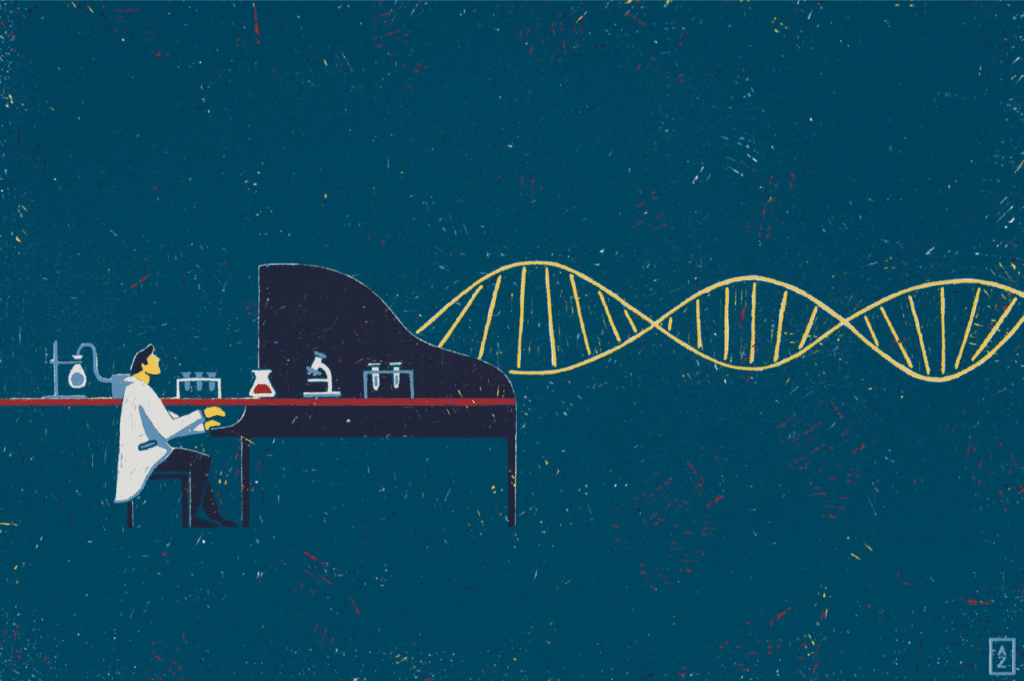Artist Augusto Zambonato, “DNA” series, 2015
There’s some irony in the fact that dangerous microbes that are investigated in the name of increasing our safety might do just the opposite if released. This article by Gregory Koblentz and Rocco Casagrande (New York Times 2/20/2023) is an important step in the right direction, highlighting the fact that the global proliferation of high-containment labs generates serious risks. But the article also maintains important “silences,” originating in its approach to the issue. It mostly takes a technical, apolitical stand on the risks of high-containment labs that doesn’t address features that are grounded in political decisions:
1) The proliferation of high-containment labs, a trend that was driven during the George W. Bush administration by the huge increases in funding for biodefense by DoD, DHS, and DHHS in 2001-2008 and the continuation of funding at a high level after 2008. The number of high containment facilities in the US far outstrips numbers in any other country (US ~1650 BSL4 and BSL3; the next largest is the UK with ~600 BSL4 and NSL3).
2) Siting of high-containment labs. Many of these labs have been built in cities. For example, the National Emerging Infectious Diseases Laboratory in Boston has triggered years of controversy partly because of its location in an urban neighborhood. Locating high-containment labs in urban settings increases the risk they pose and underscores a further political problem:
3) The absence of affected publics in review and assessment of research. The recommendations for review of dangerous “dual-use” research proposed by the National Science Advisory Board for Biosecurity in January would not change the structure of oversight: initial oversight would still happen within the government agencies responsible for funding the research. So the recommendation of Koblentz and Casagrande for regulation by an independent agency would be a major and welcome change. A review committee for such an agency should have a broad membership, reflecting not only perspectives of scientists specializing in the issues under review but also those of laboratory workers, laboratory safety specialists, environmental specialists, and members of the public living in the vicinity of the research under review.
4) Beyond review and assessment of research, however, there is the need for review of the enormous expansion of biodefense under the 8 years of the George W. Bush administration and the failure of the Obama, Trump, and now Biden administrations to review and reassess this policy. Just as the US invasion of Iraq was driven by hypothetical claims of Iraq’s “weapons of mass destruction,” in place of strengthening UN inspections and the Biological Weapons Convention (BWC), so the expansion of biodefense was driven by similar claims (most often without clear evidence) about the intentions of other states and of terrorist groups and without serious commitment to alternative policies for improving biodefense and biosafety, such as undertaking negotiations designed to strengthen the BWC—which the Bush administration undermined in 2001—and developing an international instrument criminalizing possession of biological weapons by non-state organizations (a proposal which has not yet been addressed in the UN or by the BWC parties).


